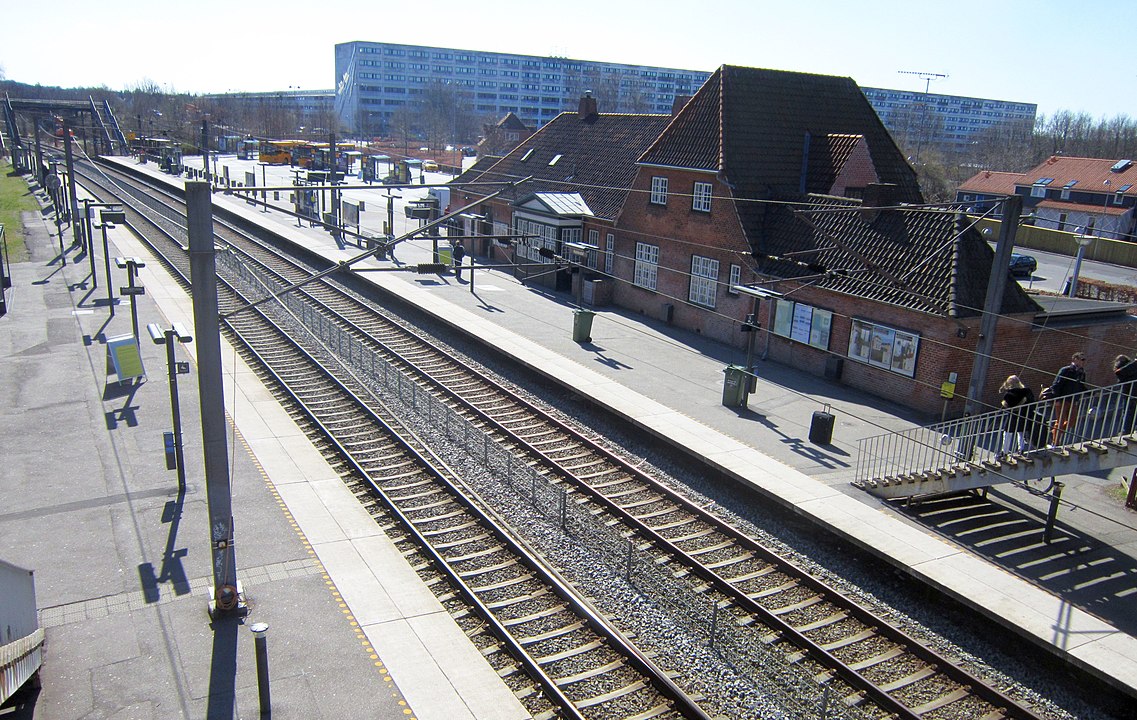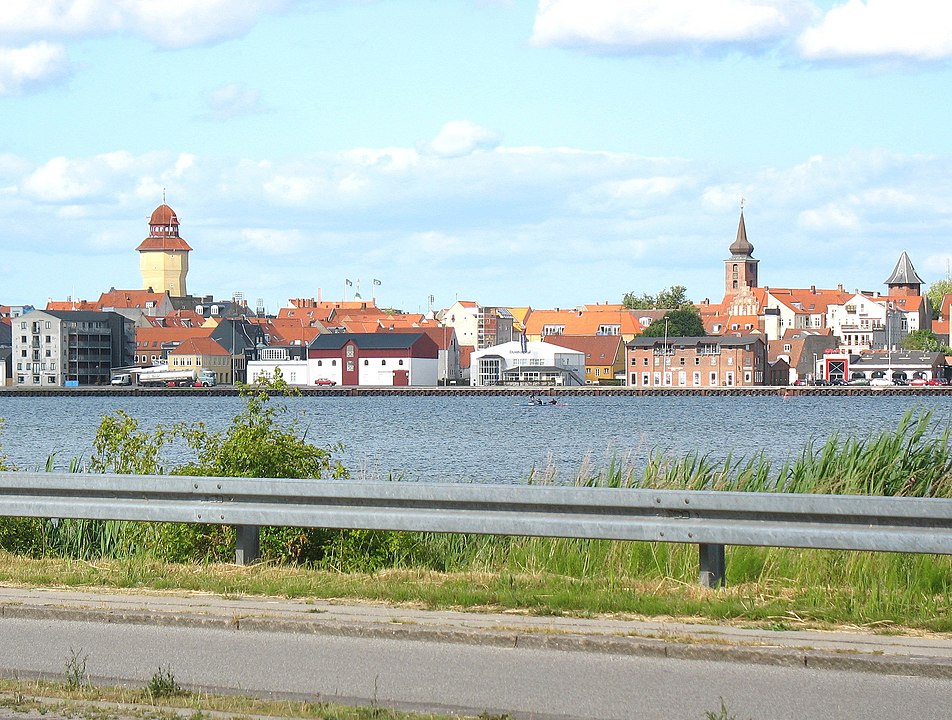The Danish Ministry of Employment announced the new rules in a statement on Monday afternoon after the government and centre-left ally the Social Liberals (Radikale Venstre) agreed on terms with the opposition Liberal (Venstre), Conservative and Danish People’s parties.
The new rules are particularly important for people who use a screen for working from home.
Employees of companies are allowed to use their own equipment to work from home provided the equipment fulfils certain standards.
If it does not meet the standards set out in the new agreement, employers are obliged to provide the necessary hardware.
Under the outgoing rules, that rule applies for employees who work from home once a week or more.
The new rules relax this, meaning the employer must only provide equipment for staff who work from home or at other fixed places of work at an average of more than two days per week over the course of a month.
The change in rules, expected to take effect at the end of April, allow more flexibility for people who work on their screens at several different locations, the ministry said in the statement.
“I am pleased that we have now found a political and balanced solution which gives both more flexibility and consideration to employees with varying places of work,” Employment Minister Peter Hummelgaard said in the statement.
“We are now making the rules for home working more up-to-date so they reflect the labour market of today in which work for certain types of staff can be done at many different places and not just at the office,” he said.
A trade union which counts many office workers among its members slammed the decision to ease requirement on companies who have staff working from home.
“I am simply shaken,” Mads Samsing, the deputy leader of the trade union, HK, said to broadcaster DR.
“In practice, this is exclusively about employers wanting to get off cheaply by pushing their costs over to staff,” Samsing said.
The Danish Chamber of Commerce (Dansk Erhverv) was more positive.
“We (now) have a sensible and balanced set of rules for home working. It’s a set of rules which is easy to understand,” the organisation’s deputy director Laurits Rønn said to DR.
Hummelgaard said in the ministry statement that the rules would be reviewed again next year.
READ ALSO: Can you take sick leave in Denmark if your child is ill?






 Please whitelist us to continue reading.
Please whitelist us to continue reading.
Member comments